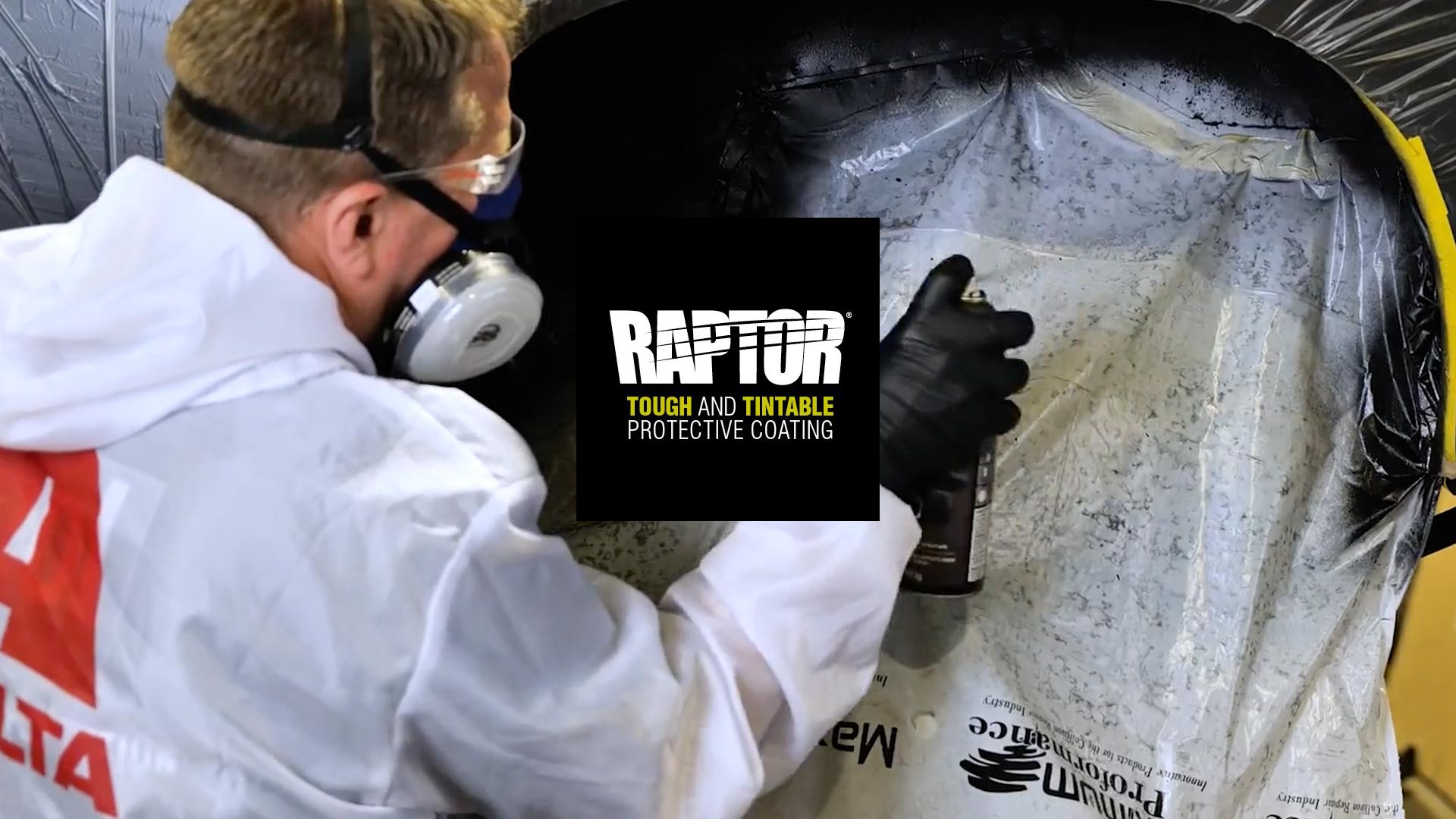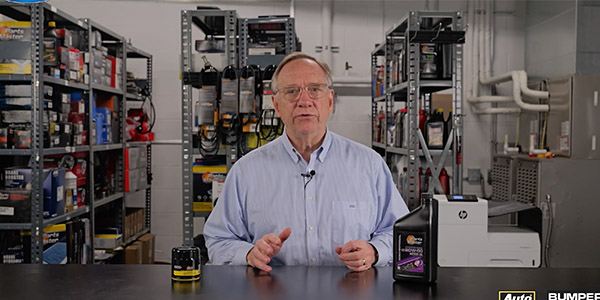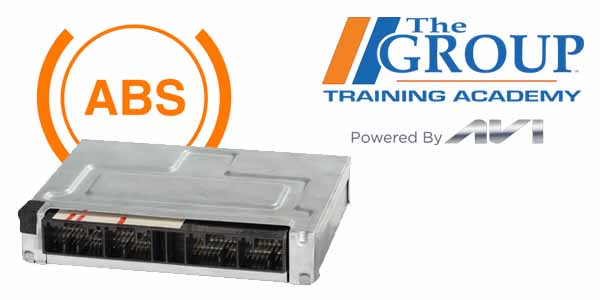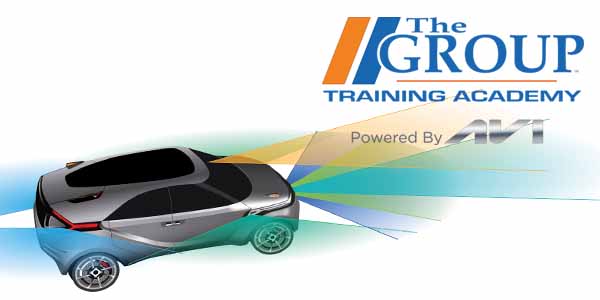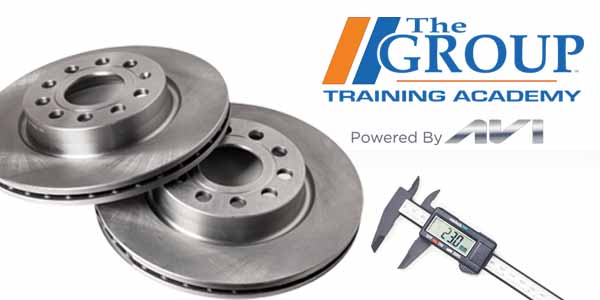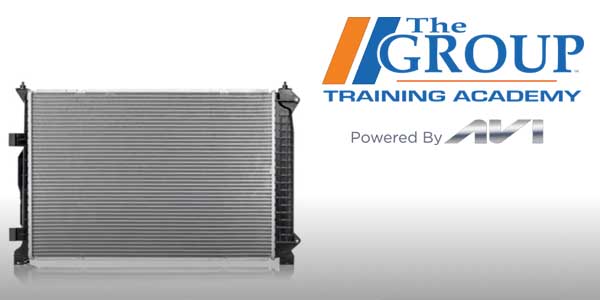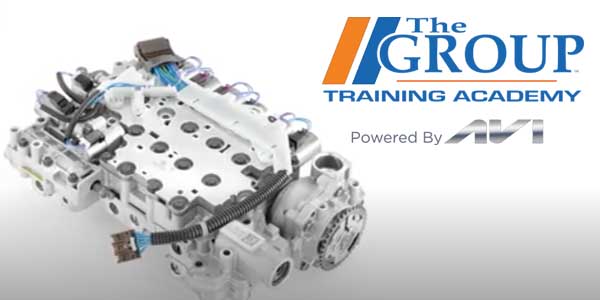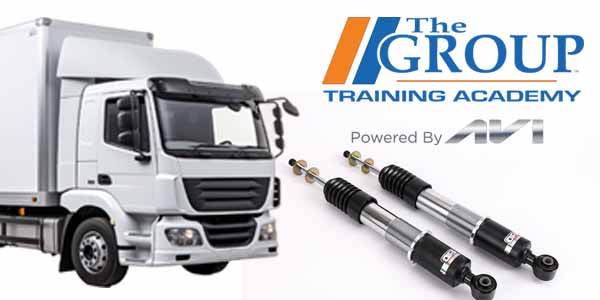When it comes to the comfort and functionality of our vehicles, one crucial system that often goes unnoticed is the HVAC system. This system is responsible for regulating the temperature, humidity, and air quality inside the vehicle, ensuring a pleasant driving experience regardless of the weather conditions. Outside. At the center of the automotive HVAC system is the compressor often referred to as the heart of the system. The compressor plays a crucial role in the cooling process by pressurizing the refrigerant, allowing to absorb heat from the cabin and release it outside. Driven by the engine through a belt or electrically powered the compressor, takes in low pressure refrigerant vapor from the evaporator, and compresses it into a high pressure, high temperature gas. This compression raises the temperature of the refrigerant to prepare it for the next stage of the cooling process. Once the refrigerant leaves the compressor as a hot high pressure gas, it travels to the condenser.
The next component in the HVAC system, the condenser’s primary function is to cool down the refrigerant by dissipating the heat it absorbed from the cabin, the condenser resembles a small radiator and is located at the front of the vehicle where it can efficiently exchange heat with the outside air. As the hot refrigerant flows through the condenser’s coils, the cool air passing over them extracts the heat, causing the refrigerant to condense into a high pressure liquid. After the refrigerant has been cooled and condensed in the condenser, it flows to the evaporator where the actual cooling of the vehicle’s cabin takes place. The evaporator is typically located inside The dashboard in its primary function is to absorb heat from the cabin air and convert the liquid refrigerant back into a gas. As the liquid refrigerant enters the evaporator, it passes through a series of fins that increase its surface area, allowing for better heat exchange.
The warm cabin air is then blown over these fins causing the refrigerant to evaporate and absorb heat from the air. This process cools the air, which is then distributed throughout the cabin by the HVAC system blower fan, to control the flow of refrigerant between the evaporator and the condenser. The HVAC system employs either an expansion valve or an orifice tube. Both serve the same purpose to regulate the pressure and temperature of the refrigerant as it transitions between the two components. The expansion valve, a more common choice in modern vehicles, restricts the flow refrigerant causing to expand and lower its pressure before entering the evaporator. This expansion results in a temperature drop further enhancing the cooling effect. On the other hand, the orifice tube found in some older vehicles also restricts the flow of refrigerant, but does not regulate the pressure as precisely as the expansion valve.
Understanding the interplay between these fundamental components is essential to comprehend how the HVAC system effectively heats and cools the vehicle. The process begins with the compressor, pressurizing the refrigerant, and raising its temperature. The hot high pressure refrigerant then flows to the condenser where it’s cooled down to the outside air, causing it to condense into a liquid. This cooled liquid then moves to the evaporator where it absorbs heat from the cabin air and evaporates back into a gas. As a result, the cabin air is cooled and the refrigerant now in its gaseous state, returns to the compressor to restart the cycle. Thanks for watching.
This video is sponsored by The Group Training Academy.

